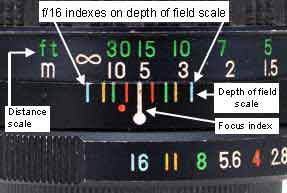hahah whether it is "simple" or "complicated" DOF it is possible with the A80 although it is slightly harder because the manual focusing is only from 0.5 -5m then infinity (not too user friendly but still good to have some form of manual focusing).
-Using only optical zoom, set to full telephoto (or whatever focal length)
-use a relative big aperture (f2.8 or 3.2) for limited DOF
-if you know the distance to the object then it'll be good to use manual focus otherwise you have to try to autofocus on the object correctly.
example:
at full telephoto (with f2.8) and you are standing 3m away from your object, only things that fall between 2.8m and 3.3m remains relatively sharp. All others will start to become blur. Probably you can focus at 2.8 to enhance the blur background effect.
but if you set to full wideangle (with f2.8)at 3m, the range now becomes 1.6m - 18m. So you'll have to focus further (2m maybe) to get that "blur background" effect.
Because you're not focusing AT the object but slightly in front of it all the time.. your intended object may not be at it's best sharpness...
The above is valid only for the A80 because different cameras have different COC and range of focal lengths. There are many online DOF calculators to find the above info.
There is also a mathematical equation to get the above values.. but that's another story..





